Ancient Bomunsa Temple
In Ganghwa County
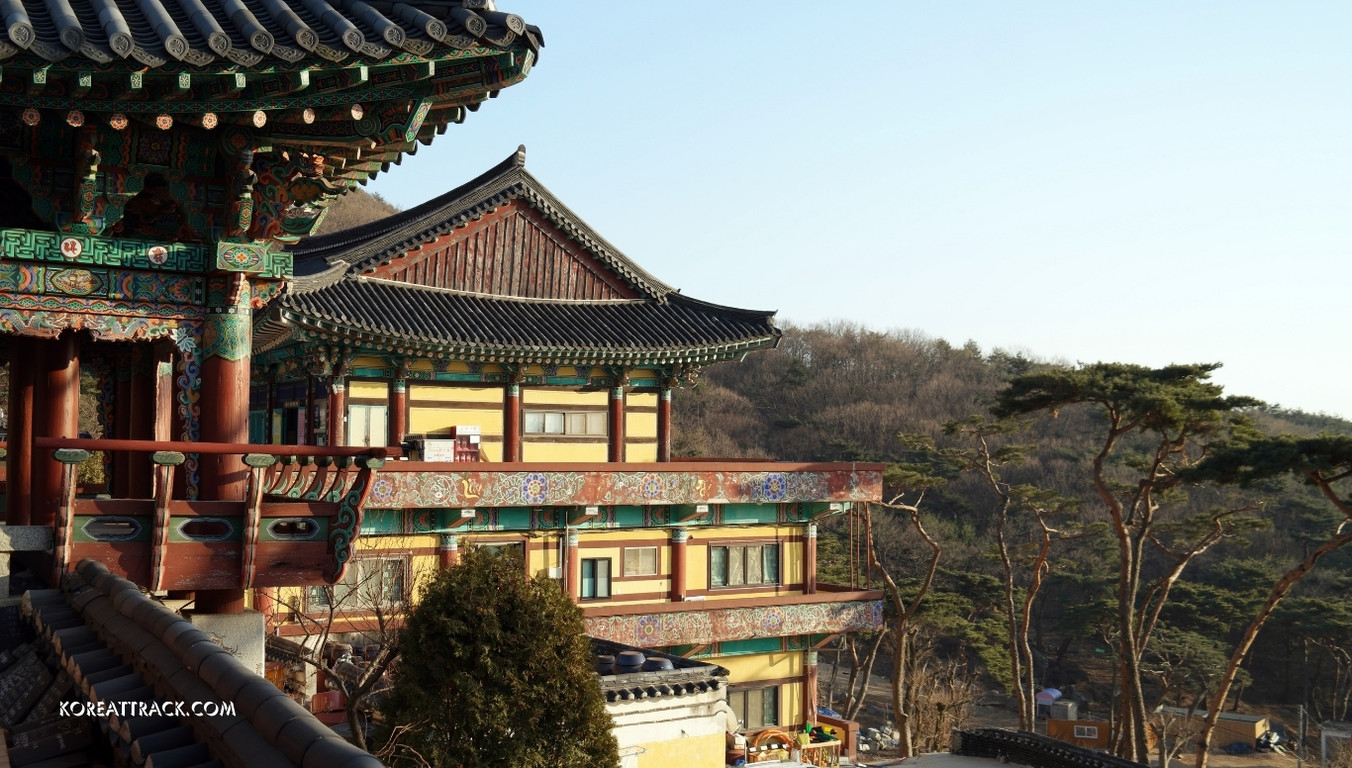 Bomunsa Temple in Ganghwa County
Bomunsa Temple in Ganghwa CountyBomunsa Temple in Ganghwa County
Bomunsa Temple is a fascinating historical site in Ganghwa County, Gyeonggi Province, South Korea.
It is a Buddhist temple with a rich history and cultural significance, attracting visitors worldwide who come to experience the serene atmosphere and learn more about this beautiful place.
The temple is known for its ancient architecture, magnificent artifacts, and natural surroundings, making it a must-visit destination for those interested in history, culture, and spirituality.
In this article, we will explore the exciting features and attractions of Bomunsa Temple, giving you a comprehensive overview of this fascinating place.
Historical Background
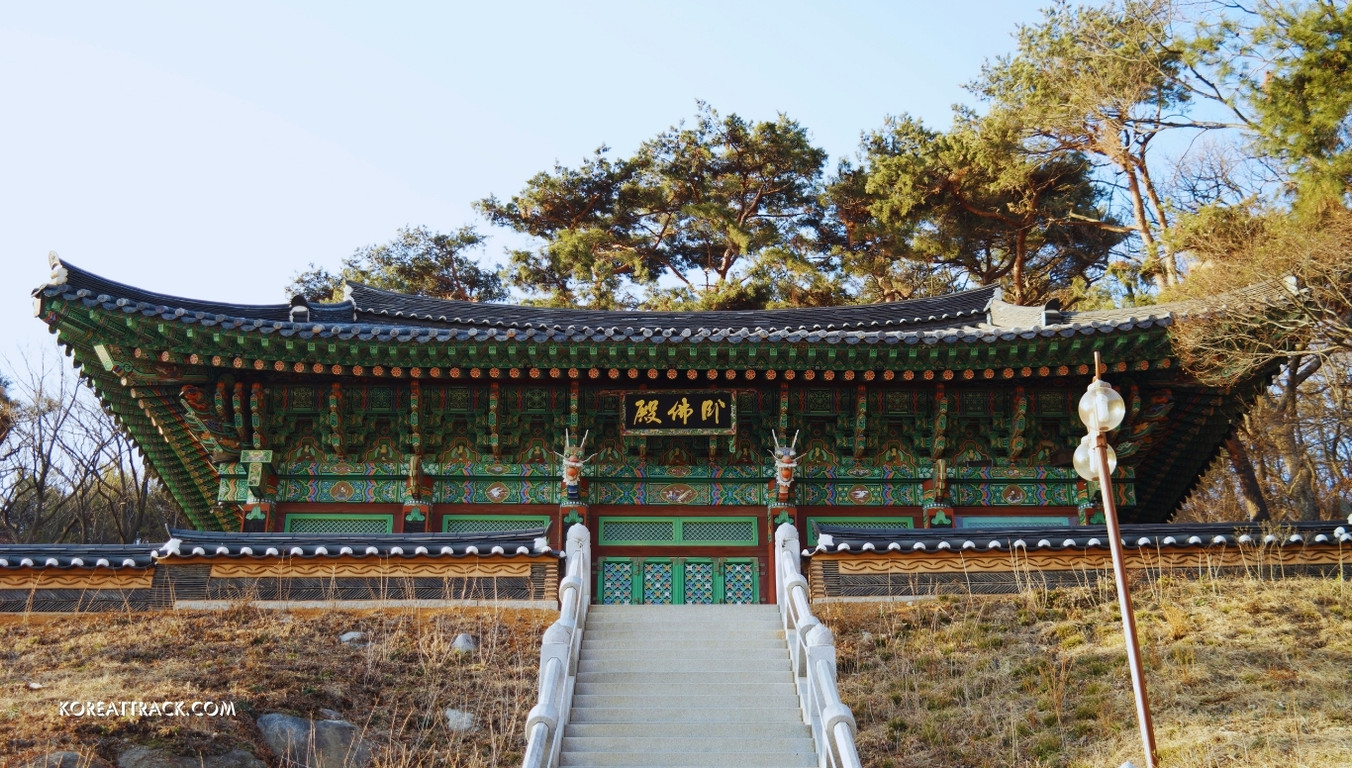 Bomunsa Temple in Ganghwa County
Bomunsa Temple in Ganghwa CountyBomunsa Temple has a rich history that dates back to the 7th century. The temple was built in the 4th year of Queen Seondeok (635) by the Great Buddhist Priest Hoejong daesa.
He selected this sacred site after his hermit self-discipline at the Geumgangsan mountain.
Over the years, the temple underwent several changes and expansions. In the 10th century, it was destroyed by fire and later rebuilt during the Goryeo dynasty.
In the 19th century, the temple was again destroyed by fire and was rebuilt in 1904. During the Korean War, the temple was a refuge for displaced people.
Today, Bomunsa Temple is a popular tourist destination and a significant cultural heritage site in Korea. The temple is on Seokmodo Island, across the sea from Waepori Port.
Visitors can explore the temple's various halls, including the Main Hall, the Yaksa-jeon Hall, and the Daeung-jeon Hall.
The temple is also home to several cultural assets, including the Yaksa-jeon Buddha statue, designated as Treasure No. 214, and the Daeung-jeon Hall, designated as Treasure No. 1969.
The temple has recently undergone several renovations and restorations to preserve its historical and cultural significance.
Bomunsa Temple symbolizes Korea's rich cultural heritage and is a place of worship for many Buddhists.
The temple is recognized as one of three great Buddhist sacred sites.
Behind the temple, there is a stone structure with a Buddha image on the cliff's face, and breathtaking scenery of the western sea can be viewed.
In the precinct area of Bomunsa Temple, there are aromatic trees and a big millstone, which 300 members of Buddha priests used in their disciplinary exercise.
The temple has a parking facility with 100 spaces. It takes 15 minutes by car from the ferry point of the islet to reach the temple.
Travel Attractions
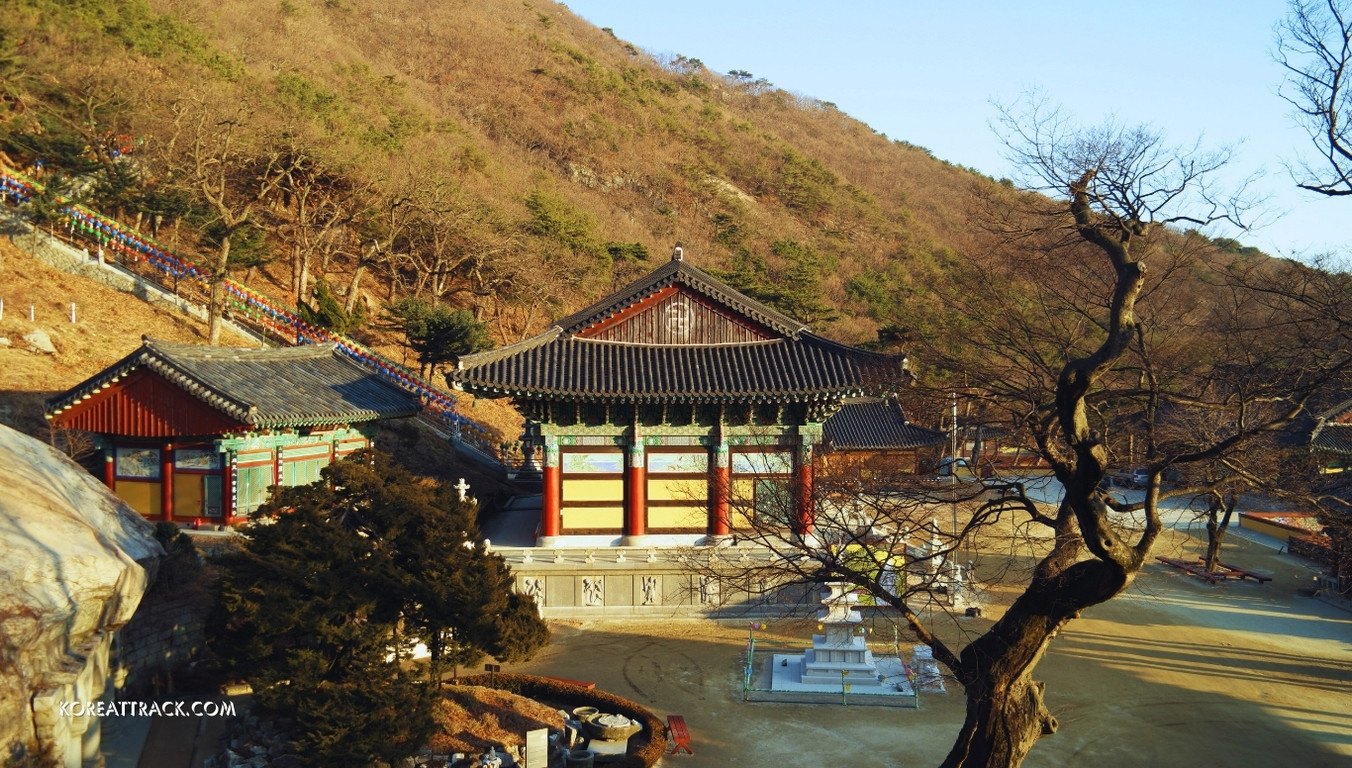 A ground view of Bomunsa Temple in Ganghwa County
A ground view of Bomunsa Temple in Ganghwa CountyBomunsa Temple in Ganghwa County is one of Korea's top three prayer places. The walk to Bomunsa is steep and has many stairs.
From the temple, you can catch a magnificent view of the sun setting beyond the West Sea. Tours and experiences are also available to explore this place.
Bomunsa Temple in Ganghwado County is home to several significant artifacts and religious treasures:
Statues of Buddha and His Disciples
These statues, found by a fisherman 14 years after the temple was erected, are fascinating.
The 22 disciples are depicted in various poses, each unique from the other, while the Buddha statue is more significant than life, sitting in a serene, meditative posture.
These statues are enshrined in a rock cave on the right side of the temple, adding to the mystical aura of the place.
Stone Structure of Buddha
One of the most intriguing artifacts at Bomunsa Temple is the stone structure of a Buddha image on the surface of a cliff behind the temple.
The image of Buddha is carved into the rock, with intricate details and features that are mesmerizing to observe.
It's believed to be one of the oldest remaining stone structures of Buddha in the region and adds an air of reverence and antiquity to the temple complex.
Bell Cast in 1975
The temple's bell, cast in 1975, is magnificent.
The sound of the bell resonates throughout the temple complex, creating a peaceful and calming atmosphere.
The bell is adorned with intricate patterns and images of Buddha and is a popular attraction among visitors.
600-Year-Old Chinese Juniper Tree
As you enter Bomunsa Temple, you'll be greeted by a 600-year-old Chinese juniper tree.
This majestic tree has a thick trunk and gnarled branches twisted and turned in an intricate pattern.
It's a symbol of strength and resilience and adds to the natural beauty of the temple complex.
Ornate Paintings
The ornate paintings on the eaves of the temple buildings are a sight to behold.
The paintings depict scenes from Buddha's life and other religious tales, with breathtaking intricate designs and patterns.
The paintings are a testament to the skill of the artists who created them and add to the overall beauty of the temple complex.
10m-Tall Buddha Rock Carving
The cave and 10m-tall Buddha rock carving stand out at Bomunsa Temple. The rock carving depicts Buddha in a meditative pose, with intricate details and awe-inspiring patterns.
The grotto itself is a peaceful and serene place, with the sound of water trickling down the rocks adding to the overall ambiance.
It's a must-visit spot for anyone who wants to experience the spiritual and mystical side of Bomunsa Temple.
These artifacts and treasures contribute to the temple's status as one of Korea's oldest and most revered temples.
Please note that respect for these religious artifacts is paramount when visiting. Enjoy your visit!
Getting to Bomunsa Temple in Ganghwa County
If you're planning a trip to Ganghwado (Island) County, a few options are available to help you get there.
The most convenient way to reach the island is by taking a bus from Seoul or Bucheon to Ganghwa Bus Terminal. You can catch bus #3000 from Shinchon in Seoul or bus #81 from Bucheon.
Once you reach the Ganghwa Bus Terminal, you can take bus 31 or 35 to Seongmodo. These buses cross a road bridge connecting the mainland to the island, and the journey takes approximately one hour.
If you have any questions or concerns, please feel free to ask. We are here to help make your trip to Ganghwado as smooth and enjoyable as possible!
Sources:
- https://www.lonelyplanet.com/south-korea/gyeonggi-do/ganghwado/attractions/bomun-sa/a/poi-sig/1427389/357393
- 대한불교조계종 강화도 보문사 (bomunsa.me)
- http://www.bomunsa.me/
- https://www.ganghwa.go.kr/open_content/english/culture/ganghwa02.jsp
- Home
- Temples in South Korea
- Bomunsa Temple in Ganghwa County
Get Exciting Activities
Book one of our exciting activities today to experience the thrill of a lifetime! Take advantage of this opportunity and secure your spot in advance.
Hotel Map Guide
Find your affordable, accessible, and comfortable hotel in Seoul at Agoda.Com. See the hotel map below...
Hotel Booking Guide
Find affordable and amazing hotels on Agoda.com using the search box below. Book now to enjoy great discounts and save!
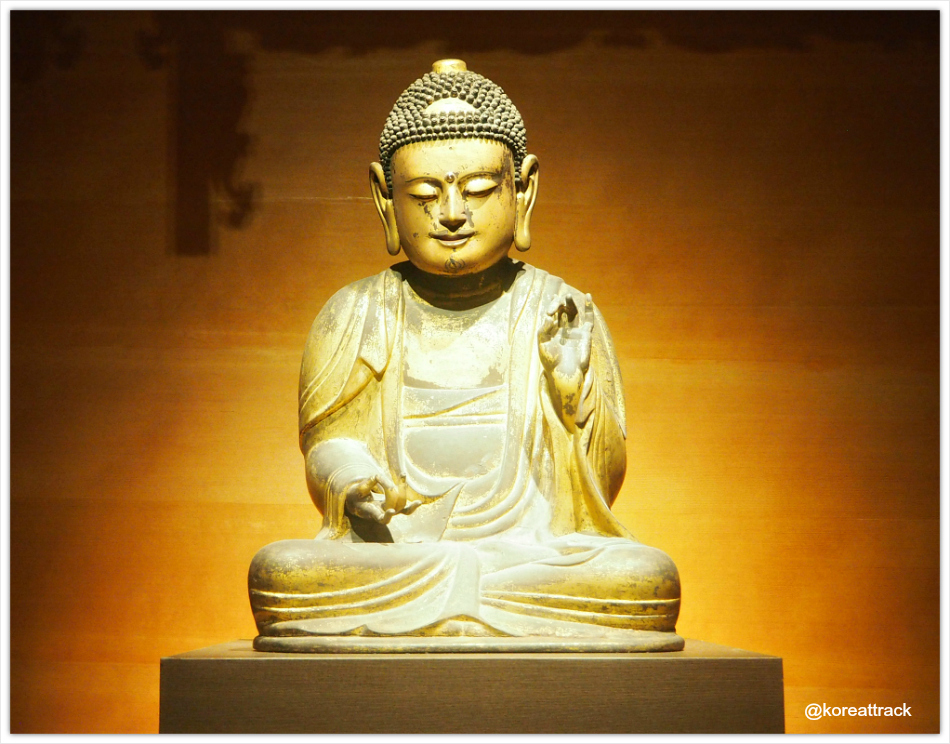
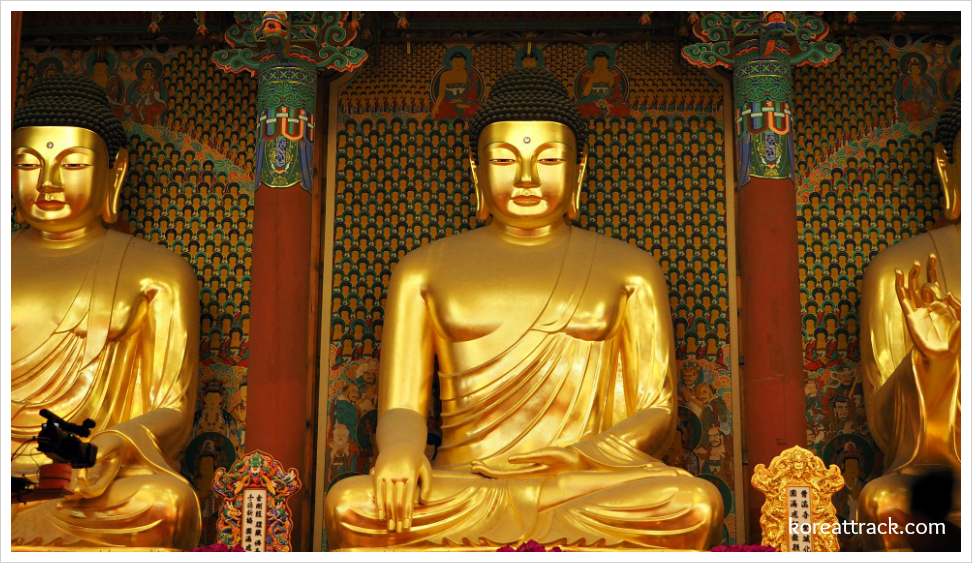
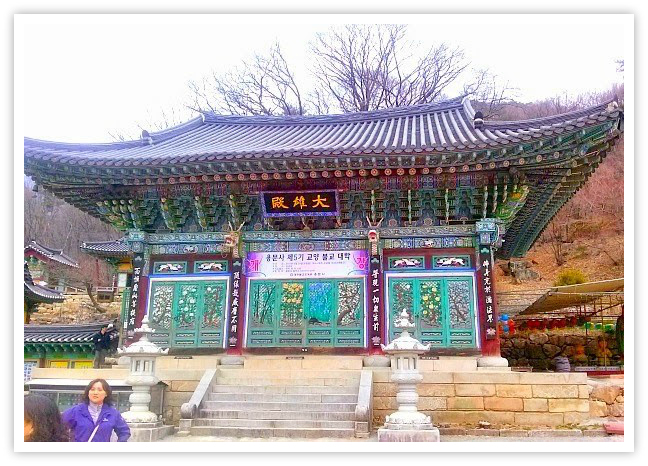




New! Comments
What do you think about this page? Leave me a comment in the box below.